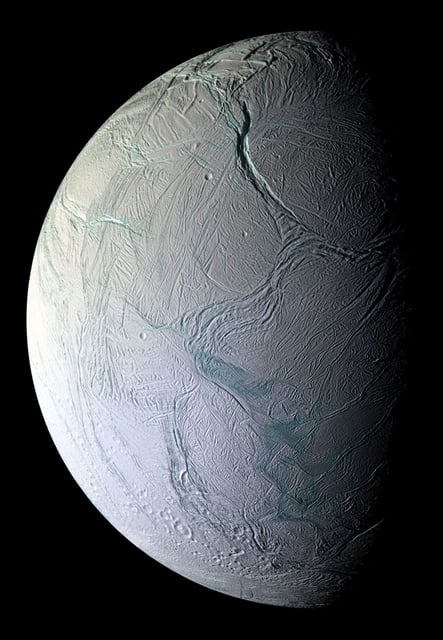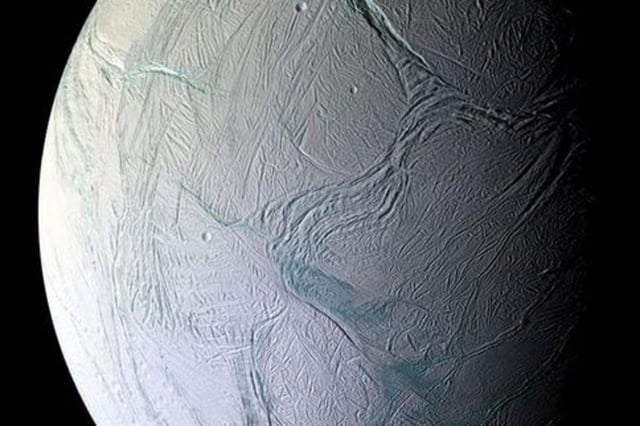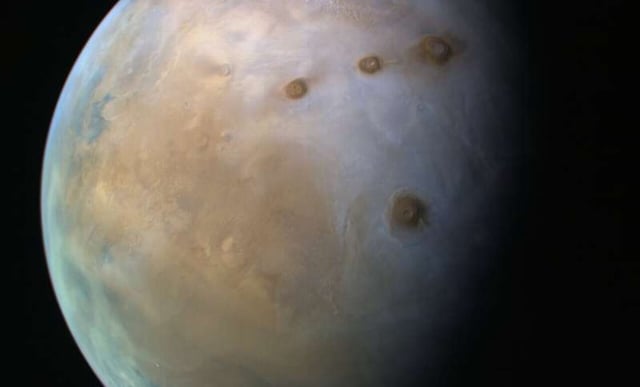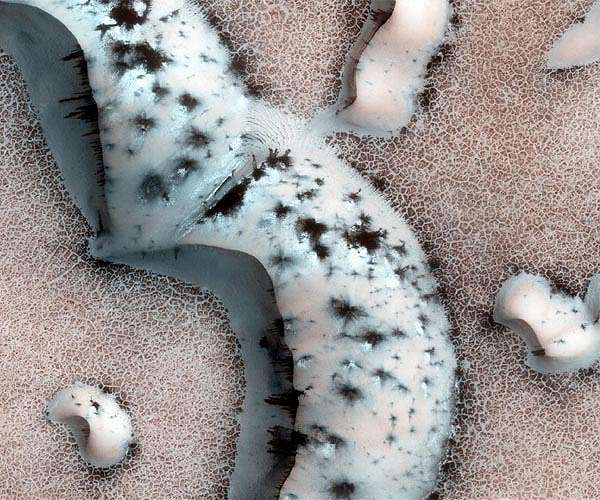Overview
- Researchers at NYU Abu Dhabi introduce the Radiolytic Habitable Zone to encompass subsurface water environments energized by cosmic rays across the solar system.
- Advanced simulations rank Saturn’s moon Enceladus as the top candidate for radiolysis-supported metabolism, followed by Mars and then Jupiter’s moon Europa based on relative energy yields.
- Cosmic-ray interactions with underground water or ice drive radiolysis, releasing electrons that could power microbial life in cold, dark niches.
- The framework overturns the longstanding view that extraterrestrial life requires sunlight or geothermal heat by highlighting chemical-energy sources beneath planetary surfaces.
- Investigators urge future exploration missions to carry subsurface probes with sensors designed to detect radiolytic chemical energy instead of focusing solely on surface biosignatures.



